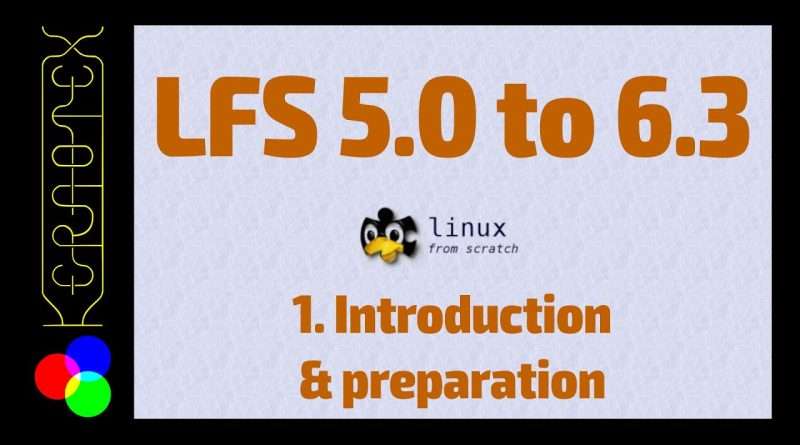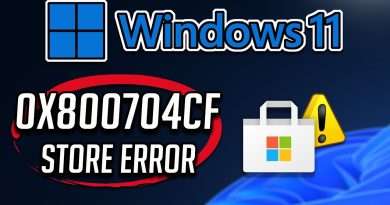01 Introduction & Preparation – Linux From Scratch 5.0 to 6.3
Introduction and preparing to build Linux From Scratch 6.3 using Linux From Scratch 5.0 as a host.
Celebrating Linux From Scratch’s first 25 years by continuing the odyssey through past versions from the original 1.0 to the latest.
As mentioned in my previous series of building LFS 5.0 on LFS 4.0, my original plan was to jump to LFS-6.3 from 4.0 but I found I was fixing one problem after another which I soon realised wasn’t sustainable. Apart from the fact that LFS 6.3 must be built running a 2.6 Kernel during the build and despite the fact that the book details specific Host System Requirements, LFS 6.3 wasn’t a straightforward build on LFS-4.0. I suspect the (then new) feature of Host System Requirements probably hadn’t had thorough testing. So this particular series of videos you are watching now is essentially the second part of the transition from LFS-4.0 to LFS-6.3.
Once the host has been set up correctly, LFS 6.3 itself is a quite a robust build and apart from a single hack (which is actually documented in much later versions of the LFS books), it built extremely successfully.
It might be impossible to do this on modern hardware – the support for modern niceties such as SATA, NVMe, PCI-e, USB, etc. are either just appearing or only starting to become more mature in the Linux 2.6 kernel.
LFS-6.3 was published 28 August 2007
With this build I have finally been able to move away from The Pentium MMX used for all the earlier builds which is a relief as the previous LFS-5.0 build took noticeably longer to compile. Here, LFS-6.3 is built on a Pentium 4 HT 3.0 GHz (released early 2005) with 4 GB memory. Although this CPU is among the first of the Intel x86 CPUs to feature a 64 bit instruction set, this technology was still quite new at the time that LFS-6.3 was published. 64 bit CPUs are barely mentioned in the book therefore this build remains a 32 bit build. As this Pentium 4 core is hyper-threaded, I made use of this by setting ‘MAKEFLAGS=-j2’. There are one or two packages that sometimes fail with a parallel build so I just reverted to ‘make -j1’ and resumed the build if this happened. As you would expect, the Pentium 4 is much faster than the Pentium MMX, as much as ten times in some cases (e.g. Kernel build).
All sane ancient LFS releases can be found at the LFS Museum: https://www.linuxfromscratch.org/museum/lfs-museum
Playlist for this series: https://www.youtube.com/playlist?list=PLyc5xVO2uDsCEe1VY1wODHrj7xX6QQWPf
Playlist for *all* the LFS builds from LFS 1.0 onwards: https://www.youtube.com/playlist?list=PLyc5xVO2uDsDj4XISl4fUx8lUNyFXIiBk
—
Views : 68
linux




